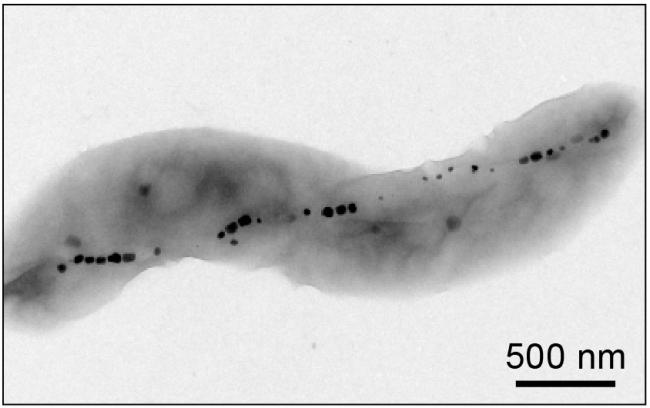Medical Applications
Some of the same challenges occur in astronomy and medicine, despite the very different focus each field has. Both disciplines need to produce high-quality images of systems that are often difficult to study, though for vastly different reasons. Both require using types of radiation that are often difficult to focus, and damaging to equipment. For that reason, detector technology and data techniques developed for astronomy have found fruitful application in medical research.
Our Work
Center for Astrophysics | Harvard & Smithsonian researchers are developing the new imaging technology for use in telescopes and medical applications:
-
Building new types of X-ray detectors for use in the next generation of X-ray telescopes. Newer X-ray observatories require higher resolution to identify details, which in turn demands new types of mirrors. X-ray optics also allow for precision focusing of radiation onto tumors, which minimizes damage to healthy tissues.
-
Improving imaging techniques involving nuclear magnetic resonance (NMR), including magnetic resonance imaging (MRI). Researchers are developing new NMR methods that require lower magnetic fields than the standard techniques, which will have less impact on patients.

An electron microscope image of a type of bacteria that contains magnetic particles. CfA researchers have applied methods developed for astronomy to create a magnetic image of these living cells.
Astronomy in Everyday Life
Astronomy’s “big questions” — how did we come to be? Are there other Earths and other life in the cosmos? — often seem far removed from the big questions of medical work. However, pure research often benefits humanity in unexpected ways, and technology developed in one branch of science can find unintended uses in other places. The Global Positioning System (GPS), for instance, is built on research in everything from space weather, to gravitational fluctuations caused by geology, to small differences in clock speeds described by the theory of relativity.
The link between astronomy and medicine comes primarily through imaging. Both fields require producing high-resolution images, often involving X-rays, which cannot be focused using normal mirrors or lenses. At the Center for Astrophysics | Harvard & Smithsonian, scientists have developed new imaging technology both for astronomy and for use in medicine, particularly the areas of magnetic resonance imaging (MRI) and nuclear magnetic resonance (NMR) for studying the brain.
Projects
Dark Energy Spectroscopic Instrument (DESI)
WorldWide Telescope (WWT)
Telescopes and Instruments
Giant Magellan Telescope
Visit the GMT Website
Magellan Telescopes
Visit the Magellan Telescopes Website
MMT Observatory
Visit the MMT Website